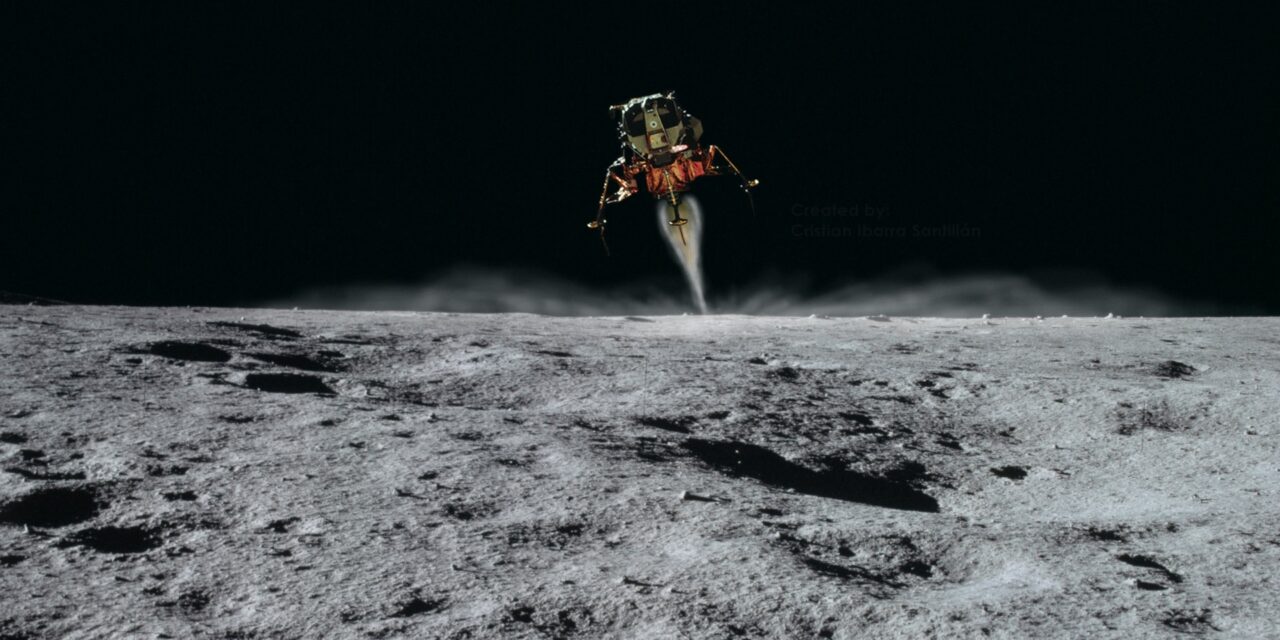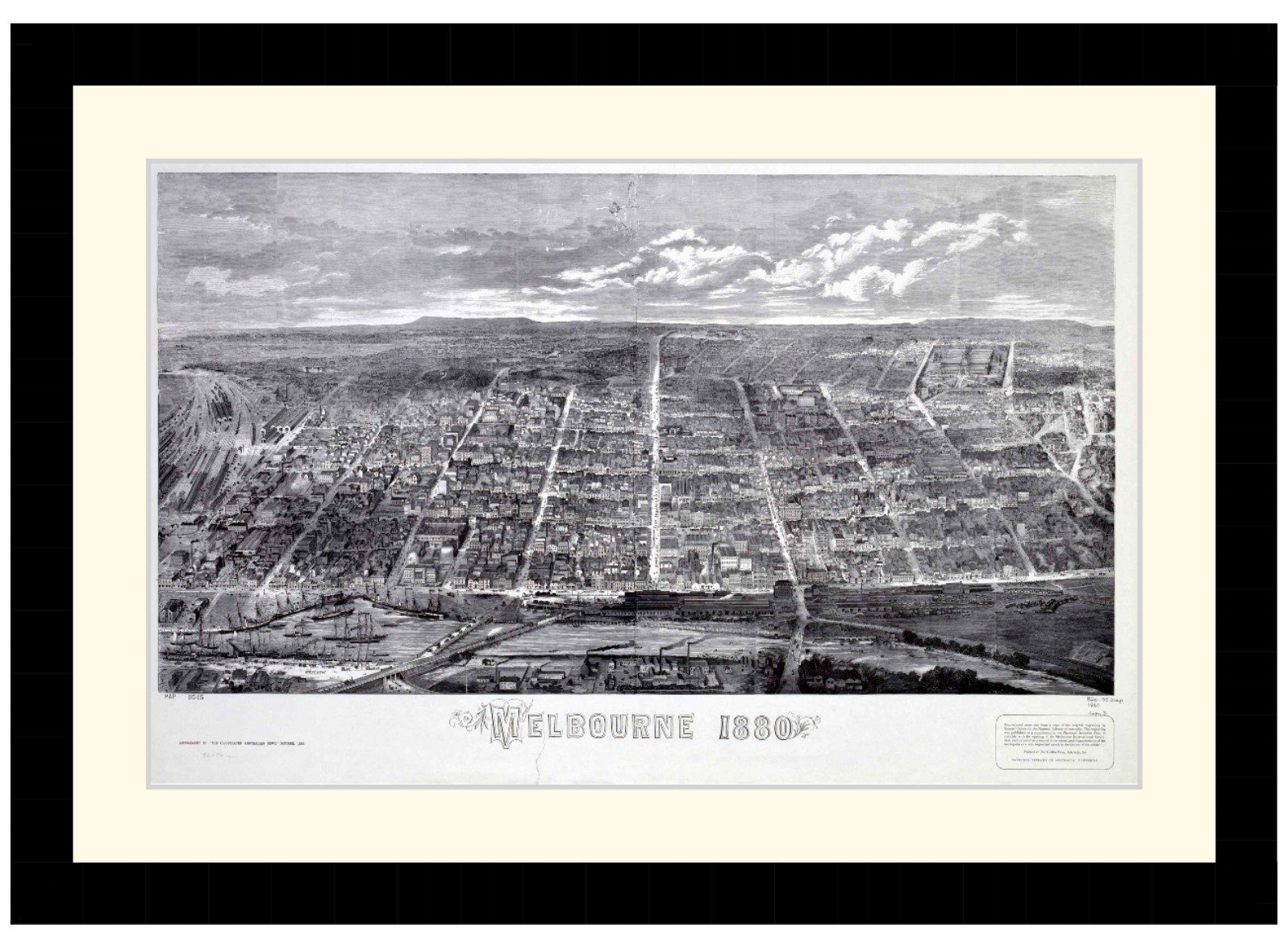Reading time: 8 minutes
Humans have always loved predicting the future. From ancient divination in the Roman Empire to newspapers and pundits such as John Watkins in 1900, foreseeing events in the future correctly has ranged from an apparent valued skill to a fun past-time.
Of course, not all predictions turn out true. In fact, most don’t.
It has often been said that predicting the future is like betting against God – with trillions of possibilities, getting things right is almost impossible, especially the further into the future you attempt to predict.
There’s a reason most predictions turn out poorly.
Despite this, with a grand total of roughly 117 billion humans having ever lived on Earth, at least a few of us must’ve made some good predictions – right?
Not only have we got some predictions right – there are a handful that have been scarily accurate. It’s one thing to predict the weather next week, but some of these prophecies accurately foresaw complete geopolitical systems hundreds of years in the future, or nailed unique names and details about some of history’s most shocking events.
Skipping over simple historical guesswork, here are some of the most scarily and impressively accurate predictions made across history.
The Sinking of The Titan
One of the most infamous shipwrecks and tragic events in history, the sinking of the Titanic is often associated with people of the time predicting (wrongly) that the ship was unsinkable.
Some even suggest that the ship’s captain Edward John Smith said: “Even God himself couldn’t sink this ship”.
Yet just over a decade before the ship’s maiden voyage and destruction, American author Morgan Robertson wrote his novella “Futility, or the Wreck of the Titan” in 1898. Fourteen years before the RMS Titanic’s tragic maiden voyage, Robertson’s novella detailed the voyage, and eventual sinking of a fictional luxury liner called the Titan after hitting an iceberg in the North Atlantic.
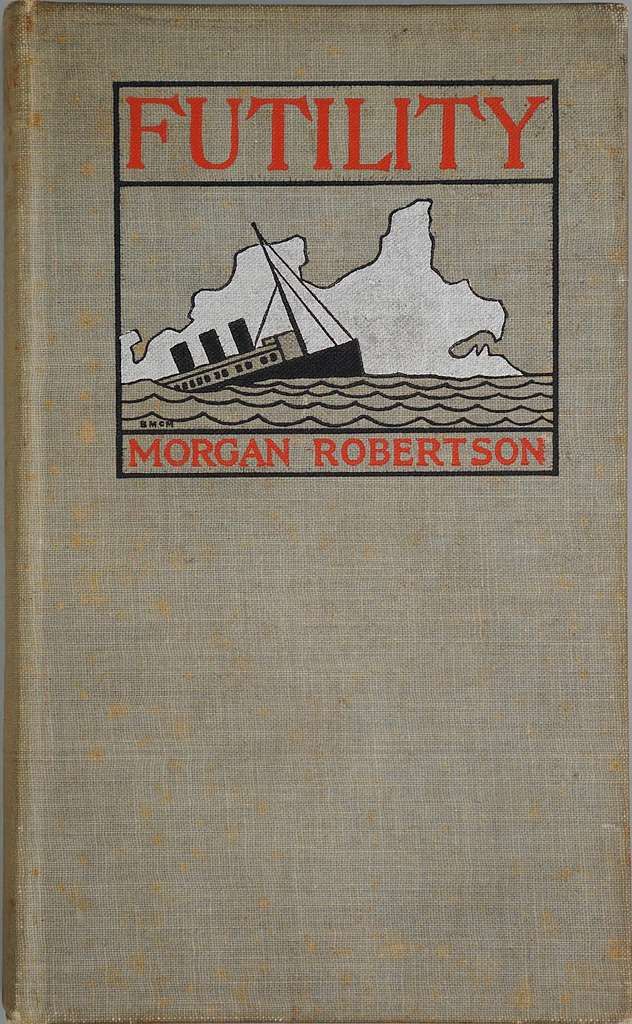
Anyone could’ve written about a sinking ship. But Robertson did much more than that.
Not only was his fictional ship named “Titan”, just two letters short of the real ship, but he also described a ship that was considered unsinkable by society. The Titan was “the largest craft afloat and the greatest of the works of men,” had similar dimensions and speeds, carried insufficient lifeboats for its passengers, and hit an iceberg, in April, on its starboard side, in the North Atlantic.
Every single detail just mentioned matches the later true events of the Titanic.
While Robertson was an experienced sailor, explaining some of his accurate details, to so clearly and pointedly depict an event 14 years prior to its occurrence, purposeful or not, is staggering.
Jules Verne’s Men on the Moon
Slightly less morbid but no less impressive, another author of fiction joins our list.
In 1865, almost 40 years before the first plane would even fly, French poet and author Jules Verne published “From the Earth to the Moon,” a science fiction novel.
Similar to the fictional “Titan”, predicting the moon landings is only the tip of the iceberg.
In Verne’s novel, his journey to the moon takes place on the spacecraft the Columbiad, after its launch from Florida. The vessel carried three astronauts, who, after enjoying the weightlessness of space, would reach and land on the moon, and then return via splashing down into the ocean.
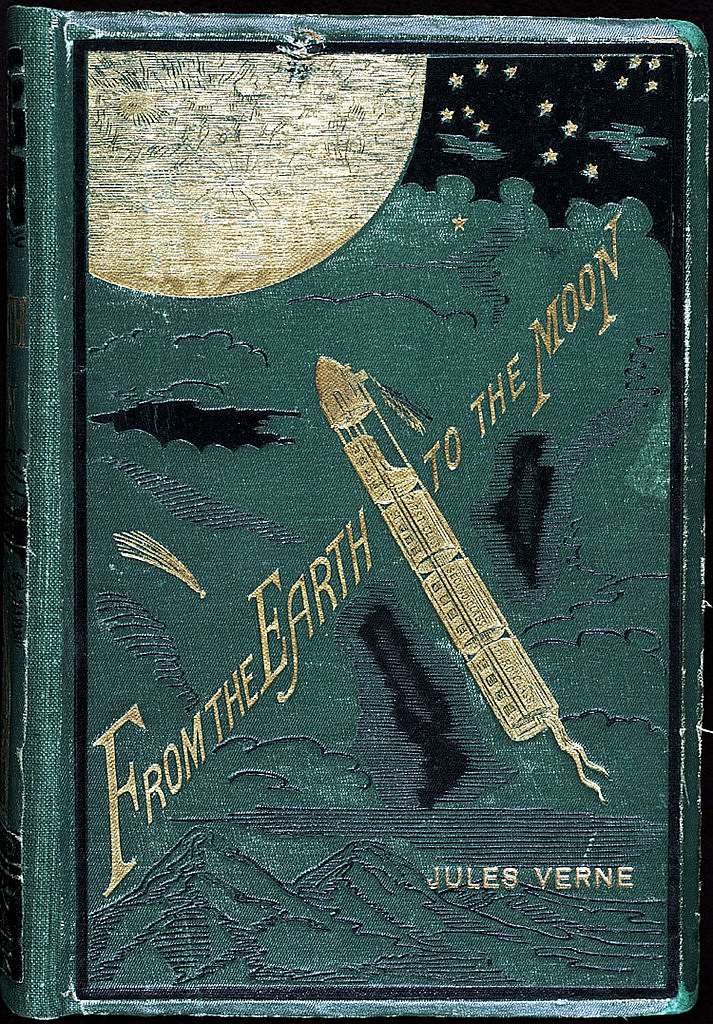
Over a decade later, a very real “Colombia” command module would launch from Florida, carrying three astronauts to the moon in the famous Apollo 11 mission.
Though fantastical in other plot areas, the ability to imagine humans on the moon over a hundred years before it happened – and well before the first plane had flown, is impressive. What makes this prediction scarily accurate is Verne’s addition of details such as the number of astronauts and the near-identical name of the rocket/command module.
While Verne is known for fantastical stories, these details add an uncanny dimension to his prediction/tale of men on the moon.
Mark Twain’s Death
Many people wish to go out on their own terms, but few truly achieve this goal.
Those people were not Mark Twain.
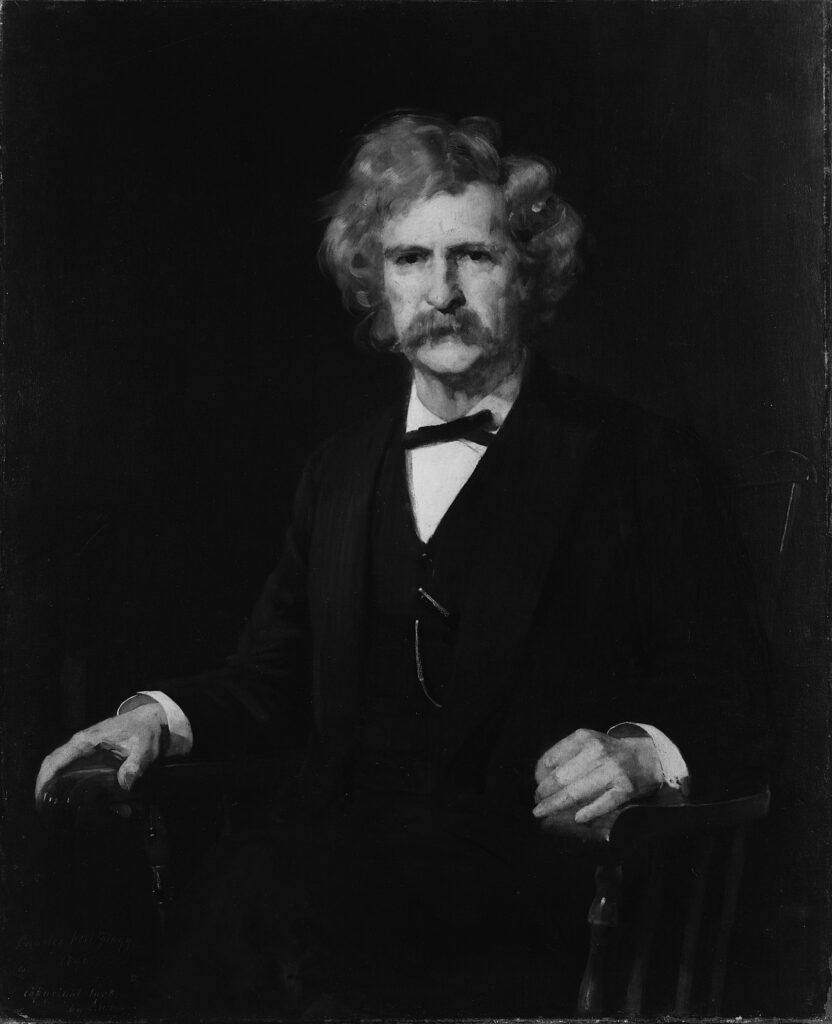
Infamous for his role in online “awesome quotes” lists and more humbly considered “The Father of American Literature”, Mark Twain remains one of America’s greatest writers and humourists.
Less well known is Mark Twain’s birth, which occurred during the appearance of Halley’s Comet in 1835 – something that only happens every 75-76 years. A fact that was known to him, in 1909 Mark Twain declared to his biographer:
“I came in with Halley’s comet in 1835. It is coming again next year, and I expect to go out with it. It will be the greatest disappointment of my life if I don’t go out with Halley’s comet. The Almighty has said, no doubt: ‘Now here are these two unaccountable freaks; they came in together, they must go out together.’ Oh! I am looking forward to that.” – Mark Twain
A full year later in 1910, just a single day after Halley’s Comet passed by Earth, Mark Twain died on April 21st.
Though he was aware of a heart condition that would indeed be the cause of death at the time of his declaration, he knew not when it would take him.
The ability to predict not only to within one day the date of his own death (by natural causes) a full year in advance, but also its coincidence with one of Earth’s most infamous astrological events, is a truly eerie forecast.
Foreseeing The Cold War in the 1800s
In 1835, neither Texas nor California existed as states, nor Alaska for that matter, and the United States of America was still a fledgling country.
Yet while many of the time didn’t consider the USA a regional power, let alone a superpower, French political thinker Alexis de Tocqueville published his work “Democracy in America,” containing an astoundingly prescient vision of the future global order.
Foreseeing the potential of this new nation, Tocqueville envisioned a rapidly approaching new world order – one in which the USA would face off against the Russians.
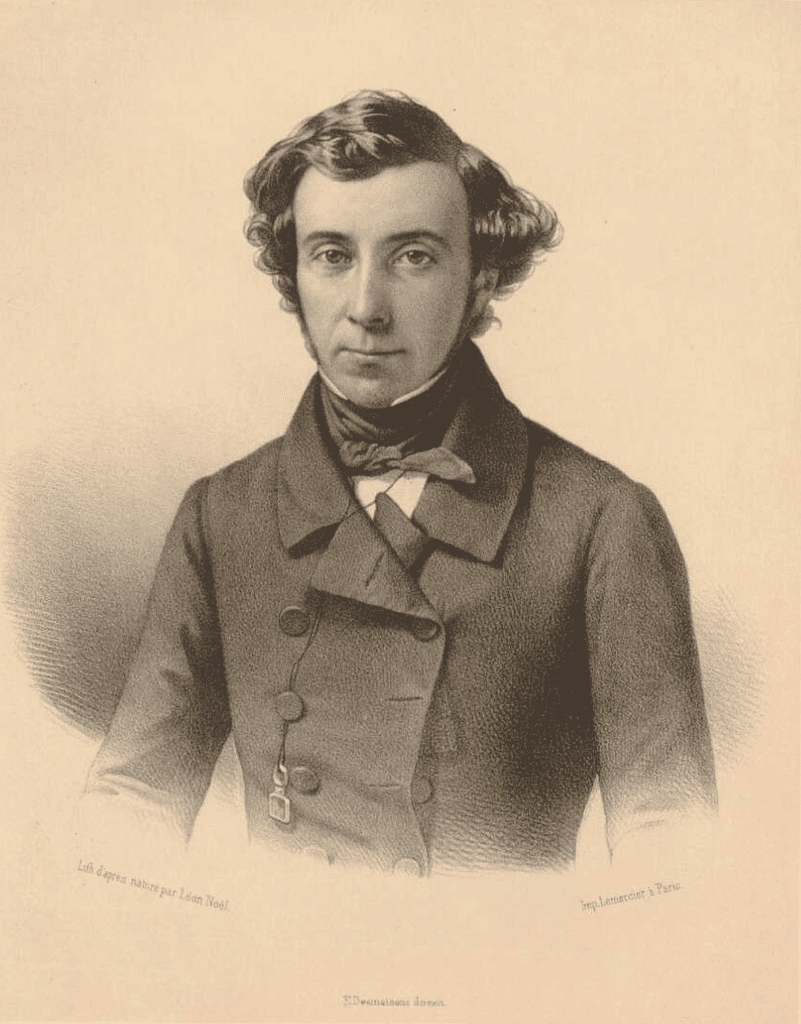
“There are now two great nations in the world which, starting from different points, seem to be advancing toward the same goal: the Russians and the Americans… Each seems called by some secret desire of Providence one day to hold in its hands the destinies of half the world.” – Tocqueville
This prediction came more than 100 years before the Cold War, at a time when Russia was still under tsarist rule and America had barely conquered half of its current size.
Predicting which nations will emerge as powerful 100 years into the future is one thing, but Tocqueville went one step further, accurately describing the rival ideological systems in both nations, with America a land of the free and Russia ruled by “a single arm”.
Does This Mean We Can Predict the Future?
Some things can absolutely be predicted. Infamously, after the signing of the Treaty of Versailles, Commander-in-Chief of all Allied armies in WW1 Ferdinand Foch stated, “This is not a peace. It is an armistice for twenty years!”.
He, unfortunately, would be proven right not soon after with the outbreak of WW2.
Whilst scarily accurate, in hindsight this was not a difficult thing to predict. Actions have consequences, and with enough knowledge of history and logical forward thinking, many things in the near future can be guessed at with high probability.
What makes the above predictions truly scarily accurate is their specificity.
Not just in predicting events or vague geopolitical outcomes, but nearly-matching names such as the Titan to the Titanic, or the Columbiad to the Columbia Command Module. Even when taking a bit of luck into account, it’s hard not to see these as eerily accurate predictions!
Podcast episodes about historical predictions
Articles you may also like
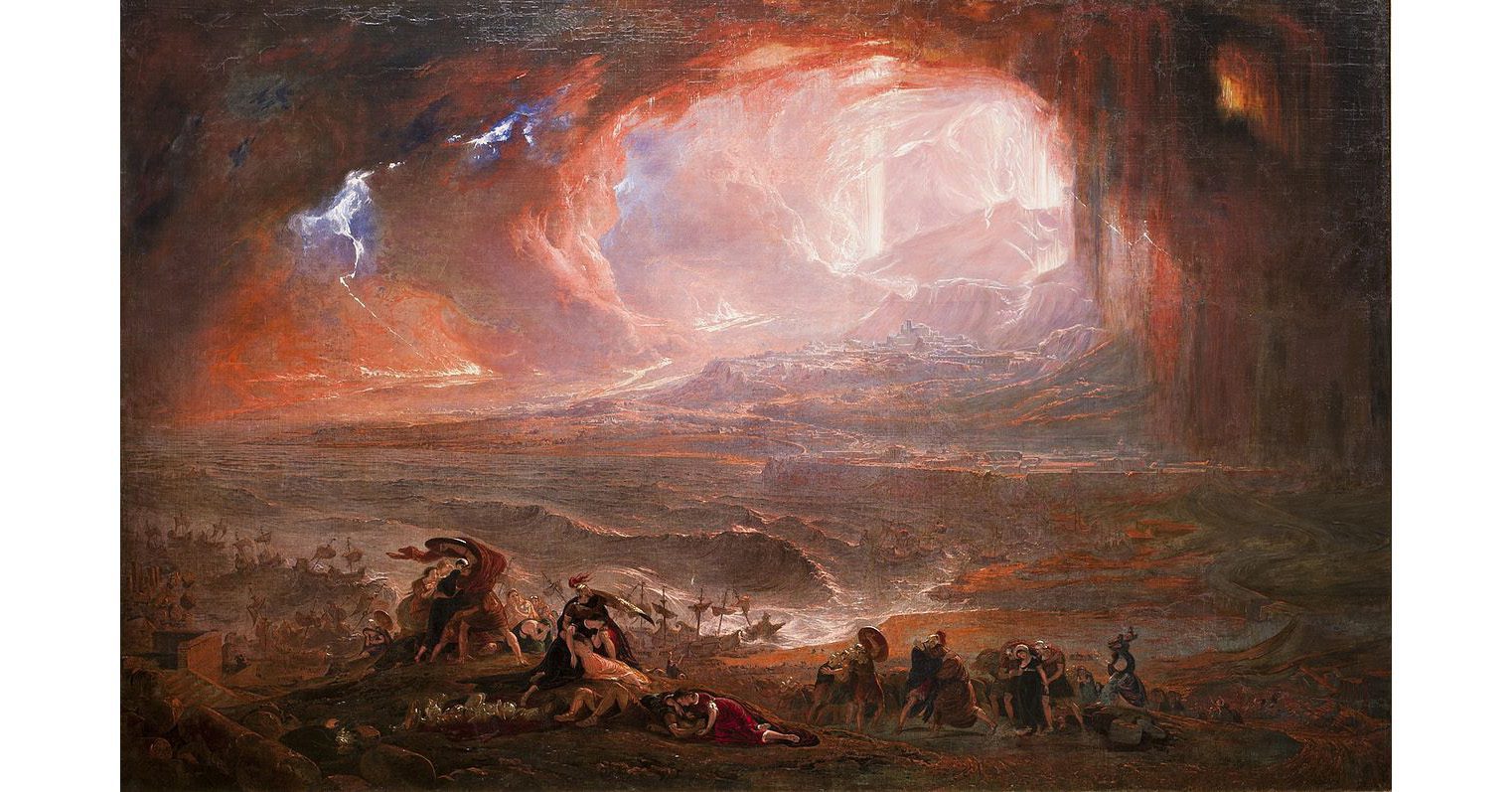
Weekly History Quiz No.227
1. Which other city was destroyed by the volcanic eruption that destroyed Pompeii?
Try the full 10 question quiz.
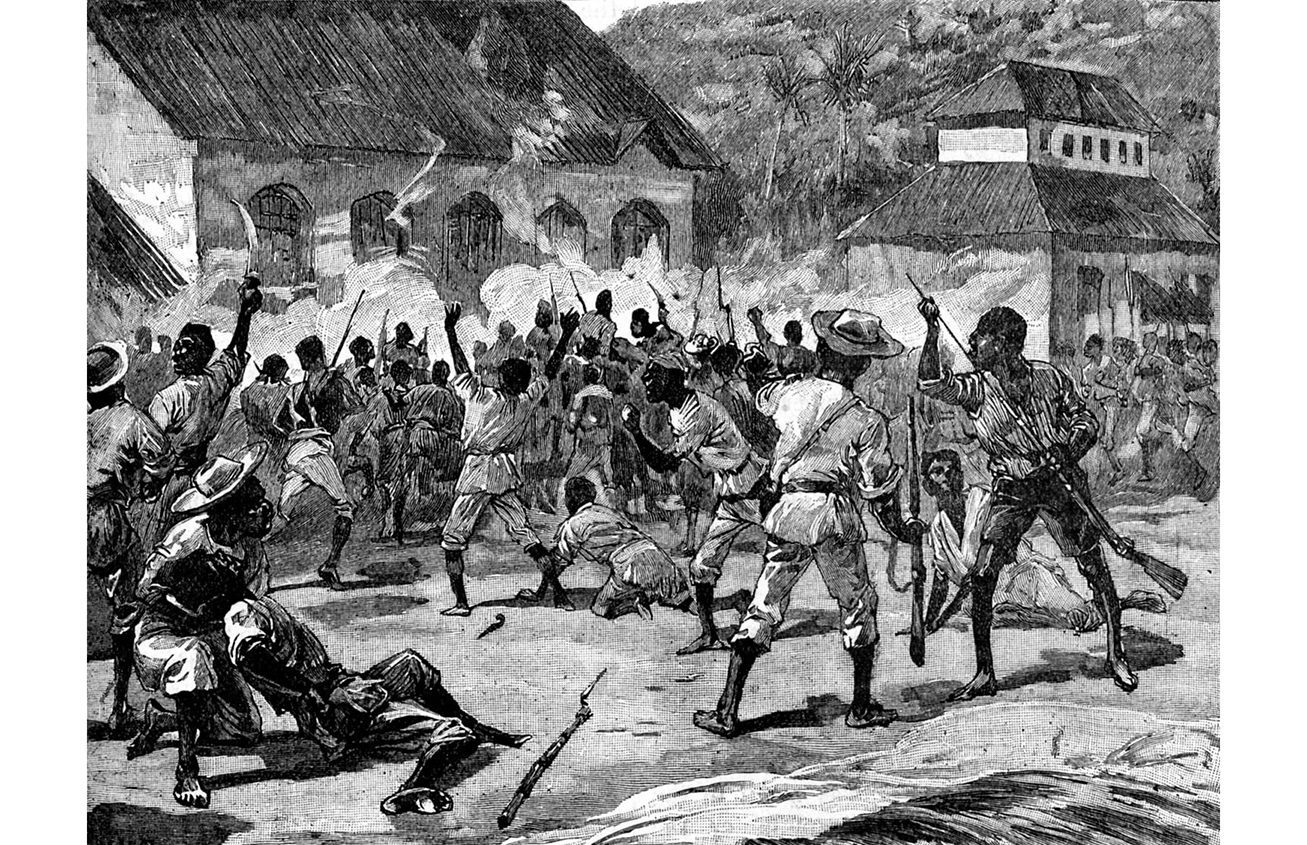
Jamaica’s Morant Bay Rebellion and it’s brutal repression
Reading time: 11 minutes
On 12 October 1865, John Davidson, a magistrate in the east of Jamaica, wrote to the island’s Governor, Edward John Eyre:
‘The people at Morant Bay [on the island’s southeast coast, St. Thomas-in-the-East parish] have risen, burnt down the Court-house, released all the prisoners, murdered several white people.’
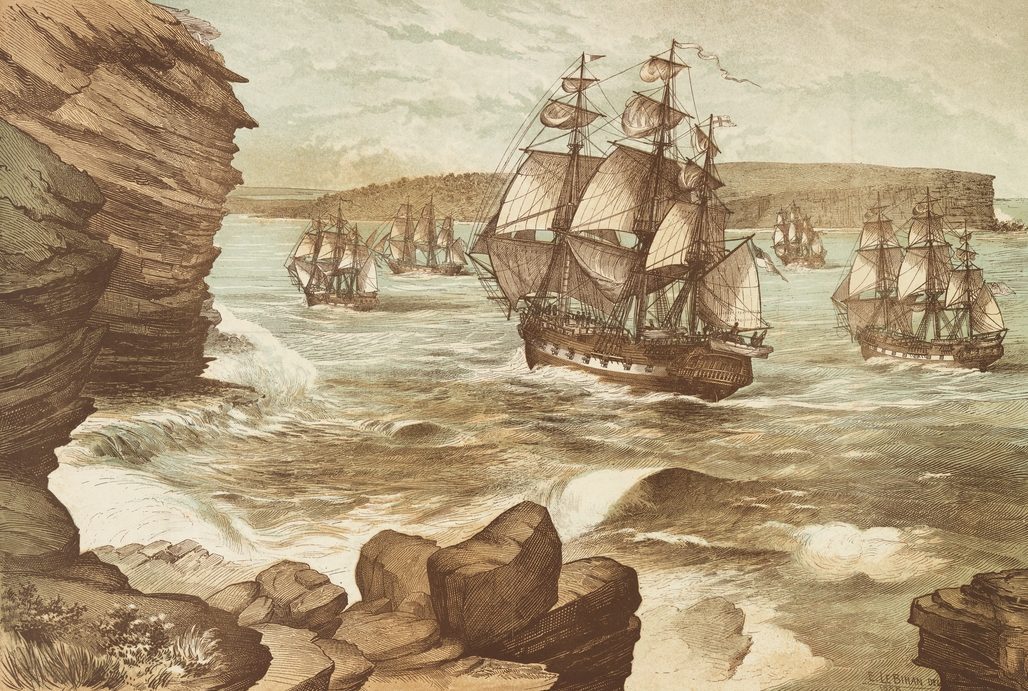
General History Quiz 167
1. When did the transportation of convicts to Australia end?
Try the full 10 question quiz.
The text of this article was commissioned by History Guild as part of our work to improve historical literacy. If you would like to reproduce it please get in touch via this form.

